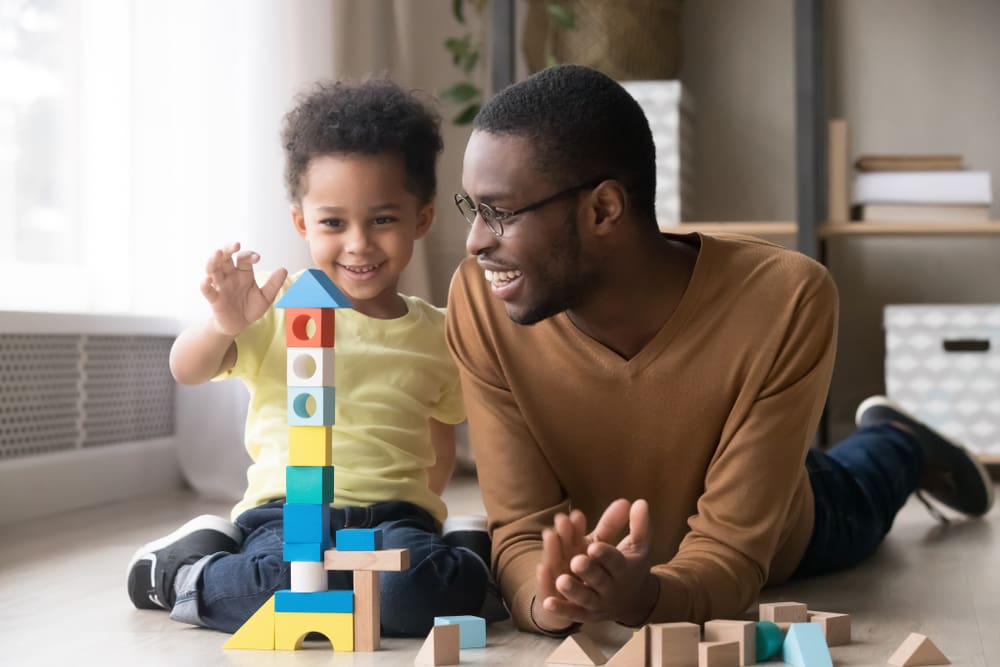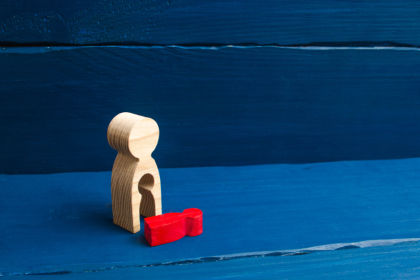Play is more than just fun and games for children. It’s a crucial element of healthy development, shaping their physical, cognitive, social, and emotional well-being. Through play, children explore the world, learn new skills, and develop the foundation for future success.
This article dives into the importance of play in child development. We’ll explore the different types of the game and how they benefit children at various stages of growth. We’ll also discuss the importance of creating a stimulating play environment and offer tips for parents and caregivers to encourage healthy play habits.
Play: A Learning Lab for Young Minds
Play isn’t just about mindless entertainment; it’s a powerful learning tool. Here’s how different types of play contribute to a child’s development:
- Unstructured Play: This free and open-ended play allows children to take the lead, using their imagination and creativity. They experiment, solve problems, and explore their interests. Unstructured play fosters critical thinking, decision-making skills, and independence. Imagine a child building a towering structure out of blocks. They’re not just stacking them; they’re planning, testing their balance, and using spatial reasoning skills.
- Pretend Play: Imaginative play allows children to act out different roles and scenarios. They dress up as doctors, firefighters, or superheroes. They create stories, use their imaginations to explore the world around them and practice social interactions. A child playing “house” with friends develops communication skills, empathy, and cooperation as they navigate different roles and scenarios.
- Physical Play: Running, jumping, climbing – physical play helps children develop gross motor skills, coordination, and balance. It also promotes healthy habits and releases energy. Think of a child squealing with delight as they chase bubbles in the backyard. They’re not just having fun; they’re strengthening their muscles, improving their coordination, and learning about cause and effect.
- Structured Play: Games with rules and activities like puzzles or building blocks allow children to learn structure, follow directions, and develop problem-solving skills. A child working on a complex puzzle is learning perseverance, focus, and the satisfaction of achieving a goal.
Benefits of Play Across Development Stages
The importance of play extends throughout a child’s development, shaping them in unique ways at each stage:
- Early Childhood (Ages 0-5): Sensory play, exploration, and pretend play are crucial during these early years. Babies explore textures and sounds with their mouths and hands. Toddlers experiment with cause and effect, stacking and knocking down towers. These activities help develop cognitive skills, language abilities, and social interaction. A baby babbling to their reflection is not just making noise; they’re developing important language skills and learning about self-awareness.
- Middle Childhood (Ages 6-11): Games with rules, group activities, and creative play become more prominent. Children play board games, participate in sports teams, and engage in artistic endeavors. These activities foster teamwork, communication, and emotional regulation. A child participating in a soccer game is not just kicking a ball; they’re learning about sportsmanship, cooperation, and managing emotions like frustration or victory.
- Adolescence (Ages 12-18): Play continues to be important even during adolescence. Social interaction, competitive games, and creative outlets provide opportunities for identity exploration, stress relief, and healthy relationship development. Teenagers hanging out with friends, playing video games, or creating music are not just wasting time; they’re exploring their identities, connecting with peers, and learning valuable social skills.
Creating a Playful Environment: Setting the Stage for Learning
The environment plays a significant role in encouraging play. Here’s how to create a stimulating space for your child:
- Provide Open-Ended Toys: Opt for toys that encourage creativity and imagination, such as blocks, dolls, art supplies, and dress-up clothes. These open-ended toys allow for a broader range of play possibilities, fostering a child’s imagination and creativity.
- Safe Exploration: Ensure the play area is secure and free from hazards. Age-appropriate toys and a childproofed environment allow for exploration without worry.
- Limit Screen Time: Excessive screen time can hinder creative play. Encourage active play and limit screen time according to age recommendations. The American Academy of Pediatrics recommends no screen time for children under 18 months and limited screen time for older children.
Get Down and Play: Actively engage with your child during playtime. Get down on their level, participate in their imaginary scenarios, and show genuine interest in their play. This interaction shows your child that you value their play and strengthens your bond. It also allows you to subtly guide their play, introducing new concepts or helping them navigate social challenges that might arise during pretend play with friends.
The Takeaway: Play Today for a Brighter Tomorrow
Play is a gift that keeps on giving throughout childhood. By understanding its importance and fostering a playful environment, you can empower your child to learn, grow, and thrive. Here’s a summary of the key takeaways:
- Play is not just leisure; it’s a crucial element of healthy development.
- Different types of play benefit children in various ways, fostering cognitive skills, social interaction, physical development, and emotional well-being.
- The importance of play extends throughout childhood, shaping children at each stage of development.
- Creating a stimulating play environment with open-ended toys, safe exploration opportunities, and limited screen time allows children to flourish through play.
- Actively engaging with your child during playtime strengthens your bond and enhances their learning experience.
Remember, play is not a break from learning; it’s an essential part of it. So, next time you see your child engrossed in play, take a moment to appreciate the incredible knowledge and development happening right before your eyes. Embrace the giggles, the mess, and the joy of play, and know that you’re nurturing a happy, healthy, and capable future adult.
This story was created using AI technology.
















